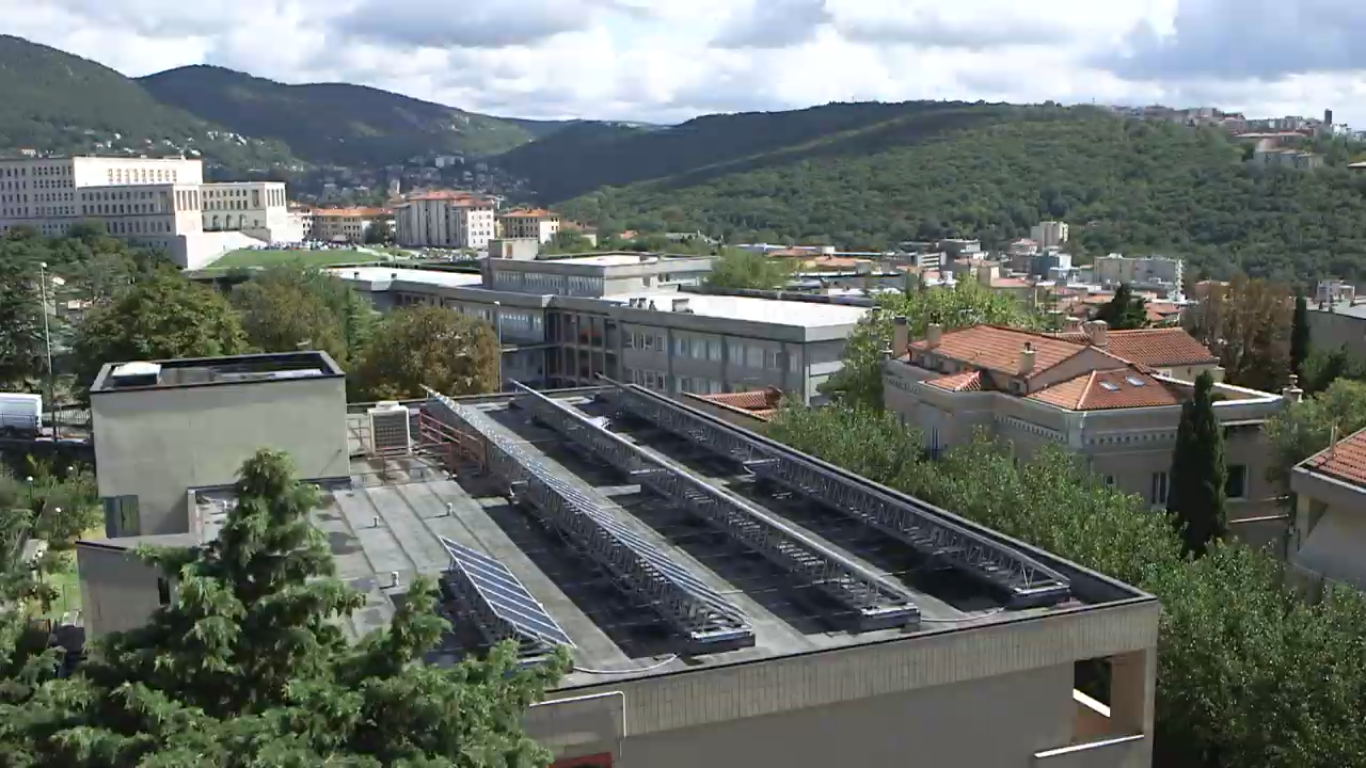Low-carbon investment funding: Friuli Venezia Giulia
- Friuli Venezia Giulia is the fourth-smallest region of Italy reaching from the Alps in the north to the Adriatic Sea in the south. It is part of northeast Italy, as one of the five official statistical regions of Italy, bounded by Austria to the north, Slovenia to the east and Veneto region to the west. It covers an area of 7.932 km2 and its population is a little more than 1.2 million. It is an autonomous region with special statute meaning that it can develop its own laws in specific fields of activity like urban planning, agriculture and forestry, industry and trade among the others. Energy is a shared competence with the State, thus new laws are subject to an agreement between the Regional Authority and the Central Government.
The Regional Energy Plan of Friuli Venezia Giulia is the main strategic planning tool to steer energy priorities and policies at regional level. The Plan dates back to 2015 and is currently under revision.
Decentralized EU low-carbon funding (ESI funds)
- A considerable amount of public funding has been mobilized in the region to foster the transition towards a green(er) economy.
- ERDF funding available in the region supports environmental sustainability in two manners: (i) directly, through interventions for energy efficiency; (ii) indirectly, through the application of specific selection criteria in the calls for the enterprises aimed at facilitating investments towards the development of "green technologies" and the adoption of sustainable production processes.
- The ERDF resources that were allocated specifically to support the shift towards a low-carbon economy amount to 57 M € for the 2014-2020 programming period addressing energy conversion of public buildings and RES integration.
- Three calls were launched to support the reduction of primary energy consumption in school buildings with 42 projects funded. The other targets were hospitals and nursing homes for which 28 projects were funded.
- Overall, nearly 75 M € were mobilized in terms of ERDF and national co-financing to increase energy efficiency in school buildings, hospitals and nursing homes across the region.
- Direct effects of interventions assessed so far show that there was a reduction in primary energy consumption of 22% and a cut of 10 ktons of CO2 emissions, which will guarantee a reduction of 5 to 8 M € in social costs caused by climate change in the next 25 years that could be used for other purposes by the Regional Authorities.
- Other EU low-carbon initiatives
- Other EU low-carbon initiatives include projects funded under the Horizon 2020 programme with 11 signed grants under the „secure, clean and efficient energy” thematic priority for which at least one partner comes from Friuli-Venezia Giulia amounting to a total of a little more than 4 M € of H2020 net EU funding.
- Several beneficiaries from Friuli-Venezia Giulia are also involved in cross-border, transnational and interregional INTERREG projects that address low-carbon priorities in particular with applications in the energy efficiency, sustainable mobility, climate policies and RES integration fields.
Cooperation with private stakeholders
Major interventions carried out directly by private stakeholders in Friuli-Venezia Giulia are:
- RES, Renewable energy sources
- Biogas powerplants (companies, farming industry)
- Hydropower plants (companies)
- PV power on buildings or fields (families, SMEs, farming industry, real estate)
- Thermal biomass plants (farming industry, SMEs)
- Solar thermal surface (families, SMEs, farming industry) - ECMs, Energy conservation measures
- Thermal plant renovation/updating (families, SMEs, farming industry, real estate)
- Heat pumps (families, SMEs, farming industry, real estate).
- Coming to financial instruments, private sector initiatives in low-carbon investments in our region revolve around Energy Performance Contracts (EPCs) which can be the contractual form chosen within a PPP (Private Public Partnership) or generally used by an ESCo - Energy Service Company.
- EPCs have been implemented in several different projects in the last few years but none of them was implemented within the framework or with the support of EU programmes. All investments were entirely financed by private funds simply because they were deemed financially sustainable.
Takeaways for next programming period
There is room for improvement in maximising public funding efficiency. This means that to maximise leverage, subsidies (public support provided in the form of grants, feed-in tariffs etc.) must make an ECM or RES project:
- financially sustainable
- capable of yielding a minimum interest rate that equals the one required by the market for projects with a similar risk reward profile.
- In other words, public funding should be optimised so that grants, feed-in tariffs etc. are calculated to make contributions the minimum amount needed and not based on a fixed percentage or other empirical method.
- RES, Renewable energy sources
- Check the full report here.
Go back to the list of all the regional reports.

